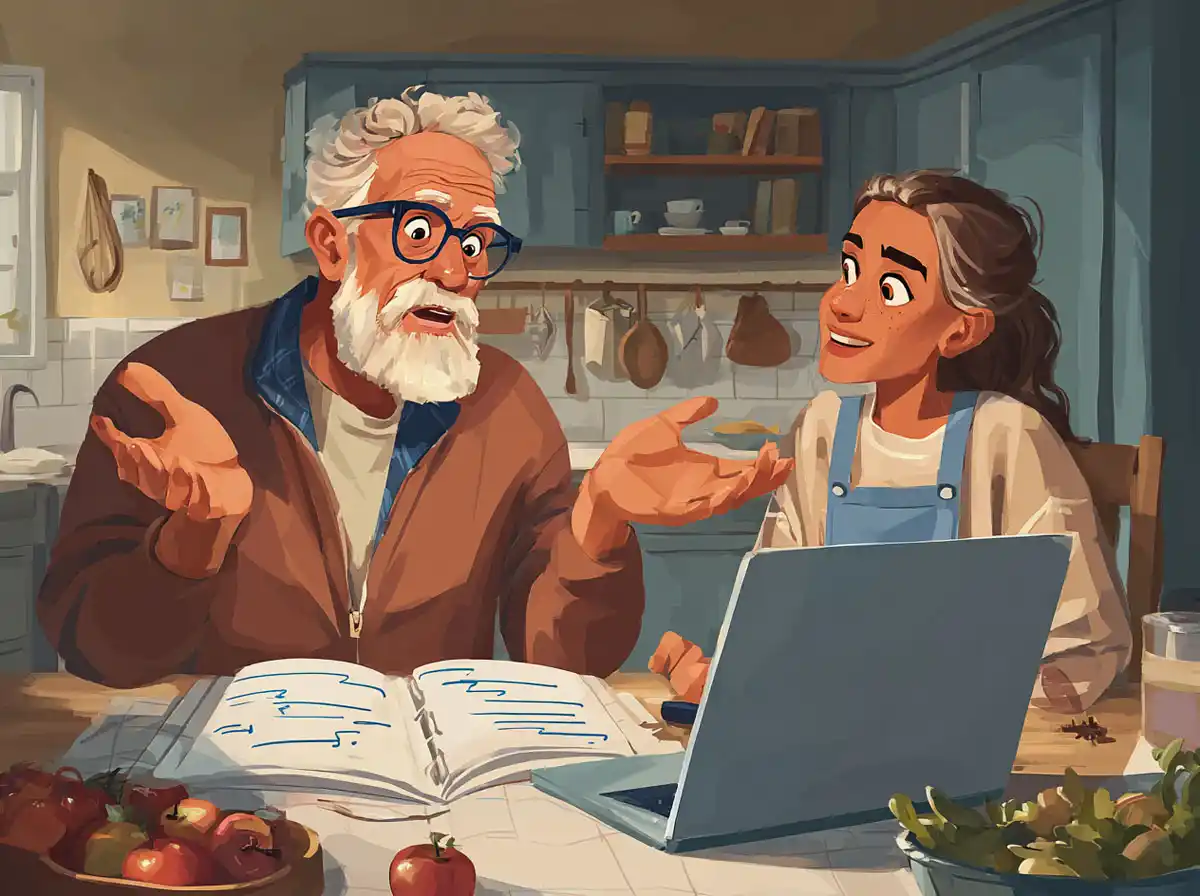The Meaning of ‘Broer’ and ‘Broers’
Broer translates to “brother” in English and is a singular noun. It is used when referring to a male sibling. On the other hand, broers is the plural form of broer, meaning “brothers.” When talking about more than one brother, Dutch speakers use broers. It’s crucial to understand this distinction to avoid confusion when both speaking and writing in Dutch.
“Ik heb één broer.” (I have one brother.)
“Ik heb twee broers.” (I have two brothers.)
The use of these terms can be straightforward; however, context can affect their usage, particularly in colloquial speech or informal settings.
Broer in Context
Apart from its direct meaning, broer can also be used affectionately or colloquially to refer to male friends or peers who are not biologically related. This usage is similar to the English “bro.” Understanding this can provide insights into Dutch culture and how language is used in informal settings.
“Hij is niet mijn echte broer, maar ik beschouw hem als een broer.” (He’s not my real brother, but I consider him a brother.)
This broadened usage emphasizes the importance of context in language learning, illustrating how words can have different connotations based on the situation.
Family Vocabulary Expansion
Expanding on the vocabulary related to broer and broers, it’s helpful to learn other family-related terms to build more comprehensive sentences and improve conversational skills. Here are a few essential Dutch family terms:
– Zus (sister)
– Zussen (sisters)
– Ouders (parents)
– Moeder (mother)
– Vader (father)
These words can be combined with broer and broers to discuss family relationships more extensively.
“Mijn broer en zussen zijn vandaag naar school gegaan.” (My brother and sisters went to school today.)
Grammar and Sentence Structure Involving ‘Broer’ and ‘Broers’
In Dutch, as in English, the sentence structure typically follows a Subject-Verb-Object format. When incorporating broer or broers, this structure remains consistent. However, pay attention to verb conjugation and adjective agreement depending on the number and gender of the subjects.
“Mijn kleine broer speelt buiten.” (My little brother is playing outside.)
“Mijn oudere broers werken samen.” (My older brothers work together.)
These examples show the adjustments needed when discussing singular versus plural subjects. It also highlights the use of descriptive adjectives to provide more information about the subject.
Practical Applications and Conversations
To practice using broer and broers, engage in simple conversations or write sentences about your family or fictional characters. Discussing family relationships can be a common topic in language exams or everyday conversations, making it a practical area to focus on.
“Heb jij broers of zussen?” (Do you have brothers or sisters?)
“Ja, ik heb een broer en een zus.” (Yes, I have a brother and a sister.)
These practice dialogues can help solidify your understanding of the usage of family vocabulary in Dutch and improve your fluency.
Conclusion
Mastering the use of broer and broers in Dutch requires understanding their meanings, how they fit into sentences, and their broader cultural implications. This knowledge not only enhances vocabulary but also aids in appreciating the subtleties of the Dutch language and culture. Whether you’re engaging in everyday conversations or studying for proficiency exams, a clear understanding of these terms and related family vocabulary will serve as a valuable asset in your language learning journey.










